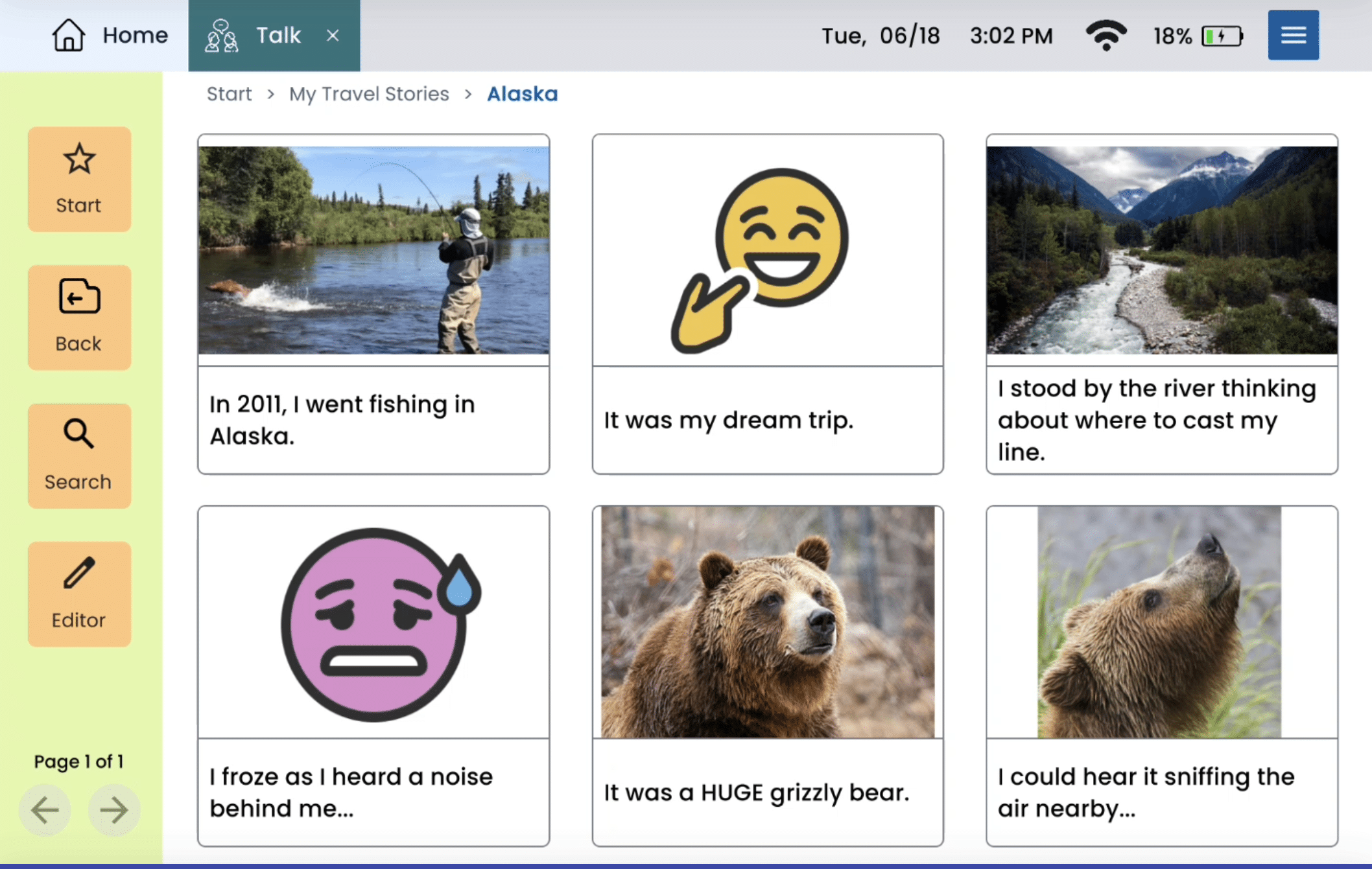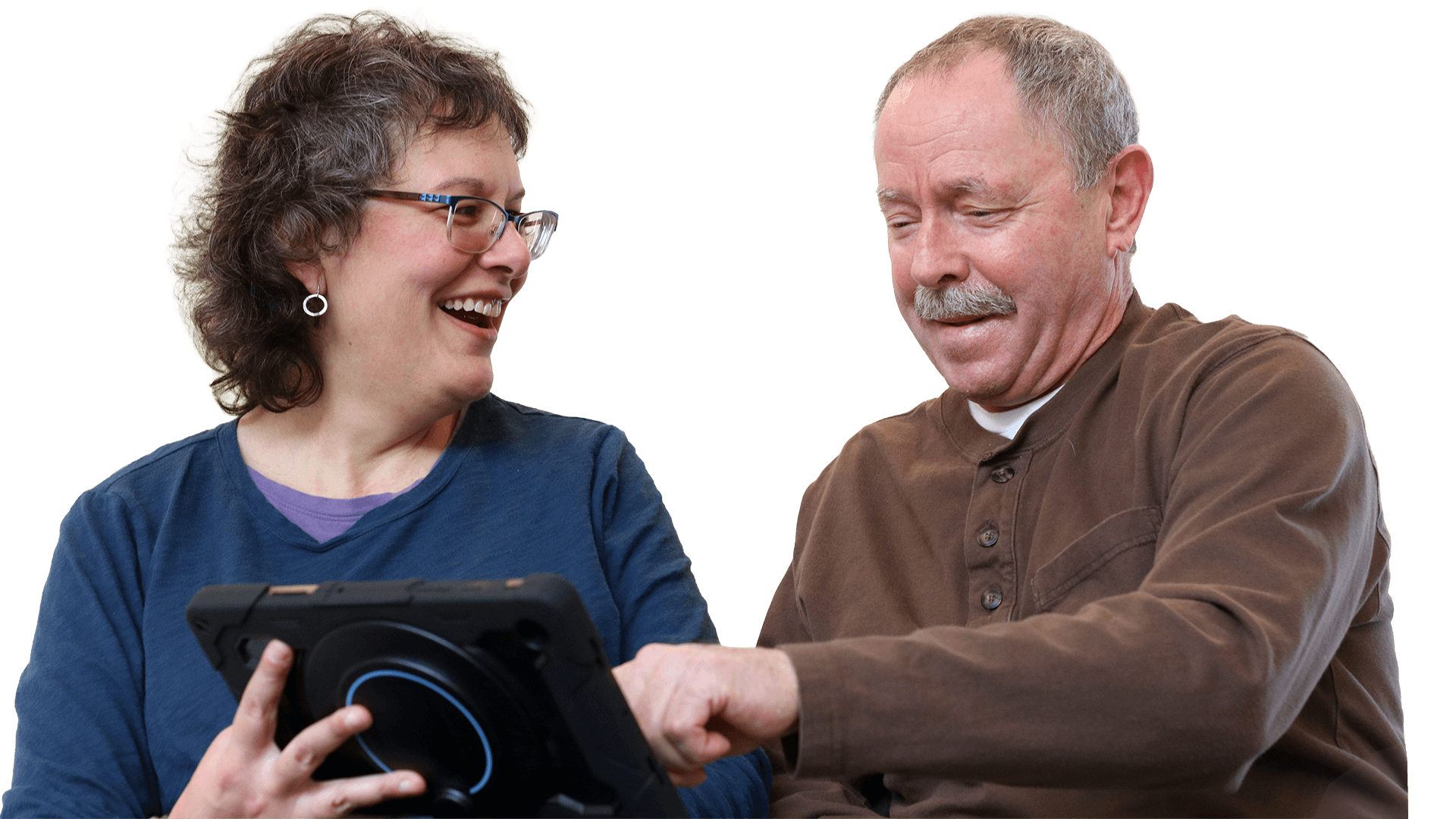
Speech-language pathologists (SLPs) and their patients have an array of tools and strategies to choose from when considering care. One such tool is augmentative and alternative communication, or AAC. AAC is a term that we use to describe the various methods an individual with a speech or language impairment can use to communicate.
At Lingraphica, we know AAC inside and out. Our AAC devices help people all around the world regain independence, participate in day-to-day life, and connect with those around them. What’s less understood are the challenges that SLPs face with AAC.
Speech-language pathologists (SLPs) play an essential role in the recommendation, implementation, and long-term success of AAC devices. So we reached out and heard from over 700 SLPs, and from those responses, we authored a report: Overcoming Challenges to AAC Device Implementation. The report provides an unprecedented look into SLPs and the challenges that they face during AAC device trials and implementation.
According to our findings, the single most common challenge SLPs experience during device trials is customizing the device. SLPs will approach patients and individuals, so personal customization is clearly important when it comes to AAC. If a device isn’t customized out of the box and is difficult to customize, the AAC experience could begin with an unstable foundation.

The second most common challenge that SLPs face during device trials and implementation is learning how to use the device. AAC devices can be intimidating. Some devices are overly complex, so it’s no entirely surprising to see over 40% of surveyed SLPs report learning how to use a device as a challenge. Ultimately, SLPs want a device that is uncomplicated yet effective for both themselves and the patient.
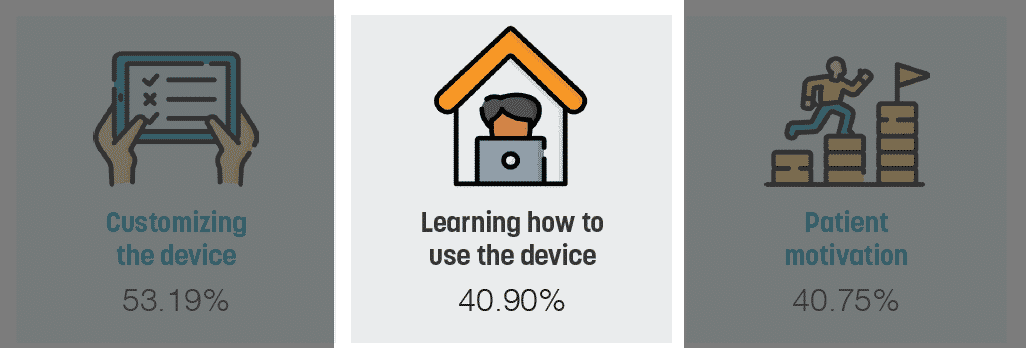
The third most common challenge that our surveyed SLPs reported is patient motivation. At this point, it can be easy to see how certain challenges can lead to a domino effect of other challenges. If a device isn’t customized for an individual, it shouldn’t come as a shock that they have less motivation. If it’s difficult to learn, that too could affect motivation. For SLPs, it’s clearly important that AAC device trials and implementation come with strategies and methods to keep patients engaged and motivated.
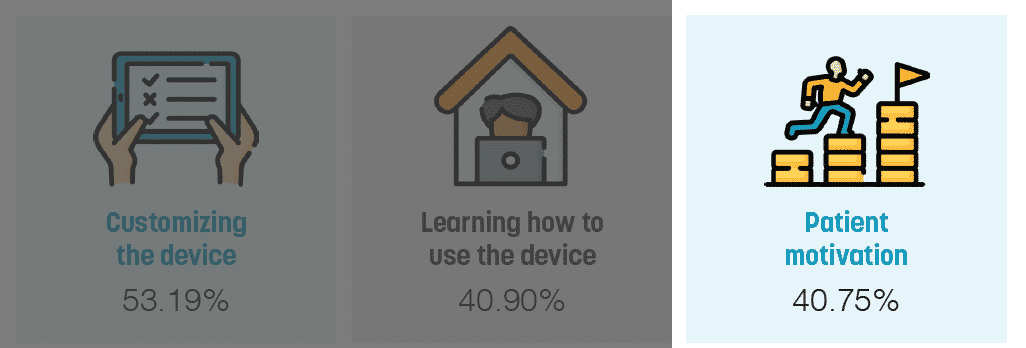
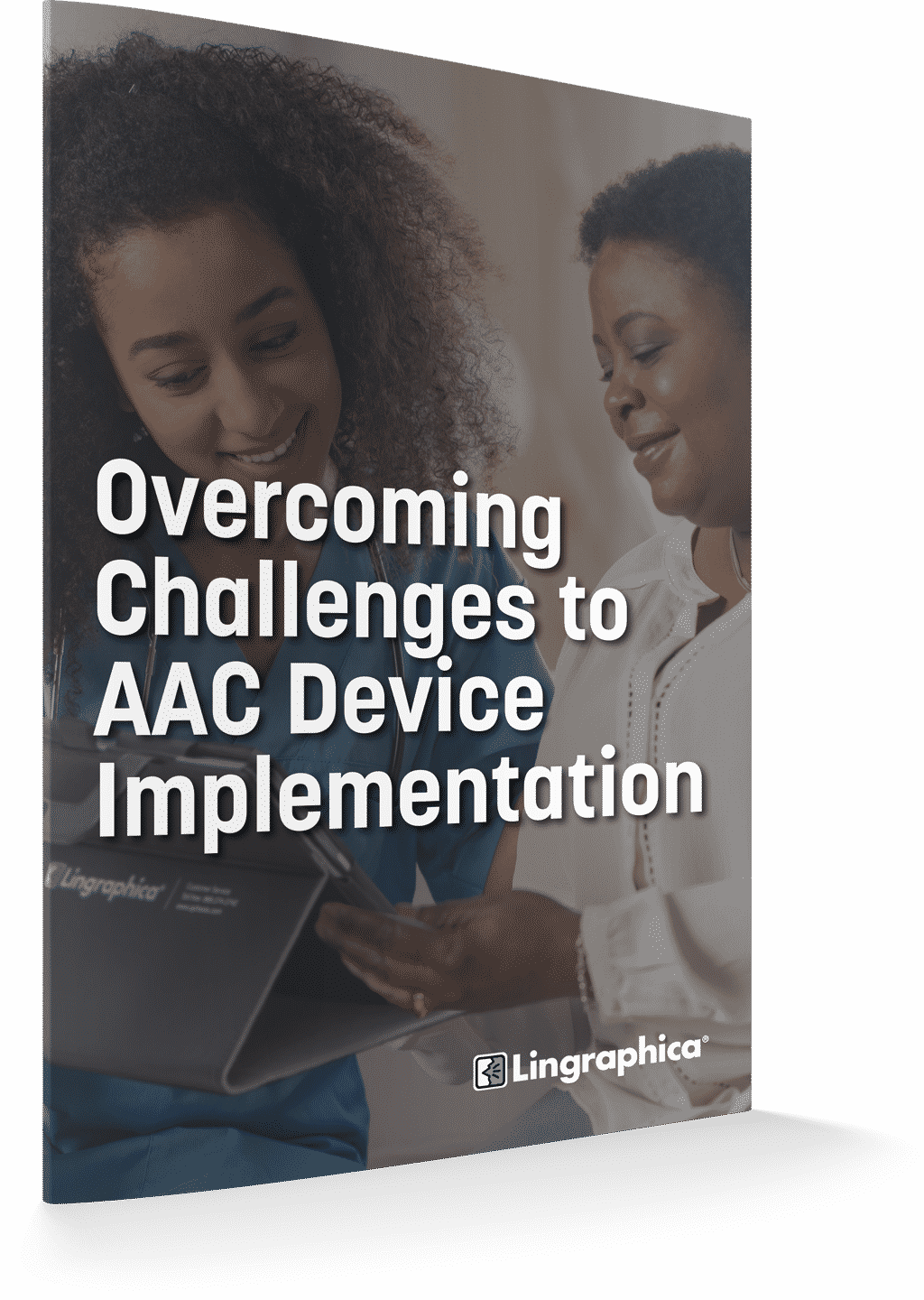
Lingraphica devices come customized for each patient, are easy to use, and keep patients motivated. But SLPs face more than these three challenges. To learn more about the study, the benefits of AAC, and how Lingraphica can help SLPs overcome challenges, download the report.
About Contributor
Lingraphica helps people with speech and language impairments improve their communication, speech, and quality of life. Try a Lingraphica AAC device for free.



